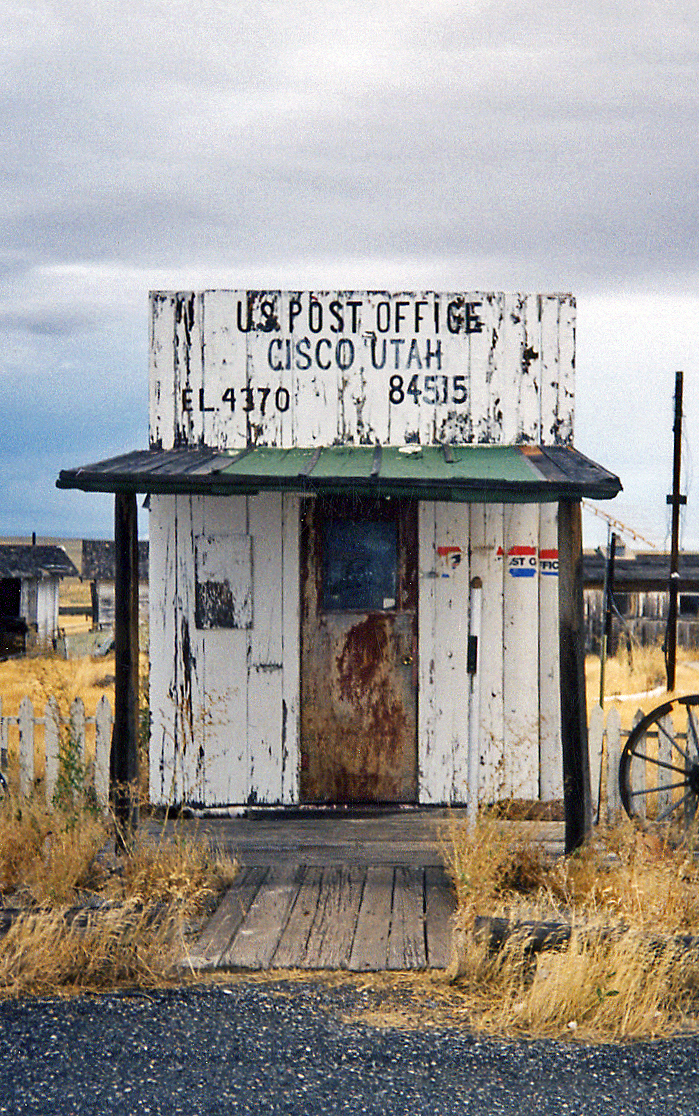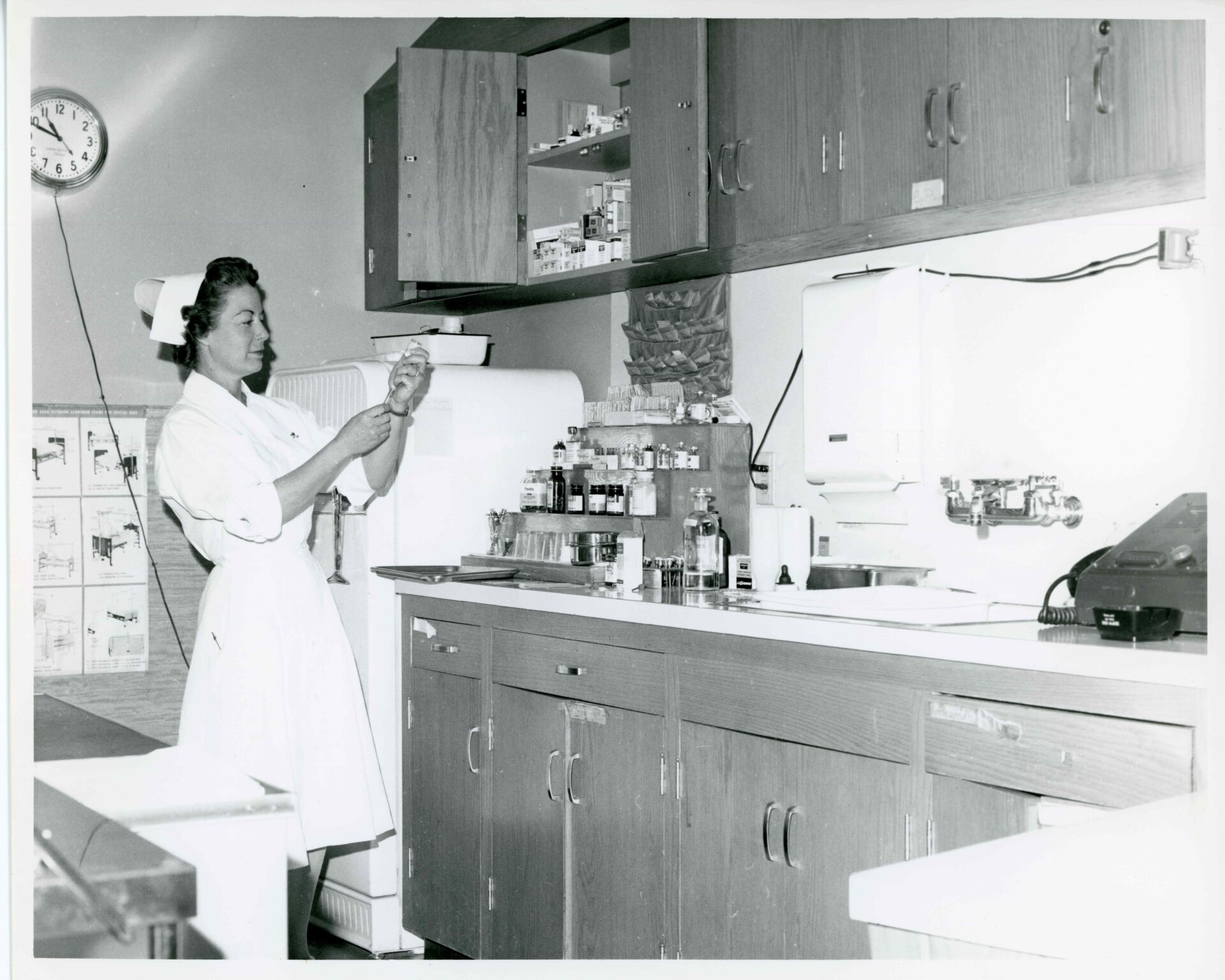Cisco, Utah, is a former railroad town and ranching hub. While Cisco is not a ghost town- the 2020 U.S. Census recorded four residents – Cisco has seen busier days.
The town of Cisco was born due to the Denver & Rio Grande Railroad (D&RG), which was constructed through Grand County in the 1880s. The railroad company operated a depot and water treatment plant to pump water from the Colorado River to resupply its steam locomotives. Drinking water for Cisco’s businesses and homes was hauled in by rail and hand-carried in buckets to cisterns. Thanks to the railroad, which allowed for easy export of ranching livestock and products, multiple ranching operations around Cisco provided another facet of industry to the remote community.
In 1944, Cisco boasted a post office, general store, one-room schoolhouse, several houses and a ranch owned by the Pace Cattle Company. However, Interstate Highway 70 was constructed five miles north of the Cisco town center and the D&RG converted to diesel locomotives, so the Cisco station became unnecessary. The town’s population dried up soon thereafter and Cisco was largely unoccupied for years. Many buildings fell into disrepair, but many have survived and have retained a character that transports visitors back nearly a century to busier times in the desert town.
The town of Cisco can be reached today between Utah 128 and the Danish Flat exit from I-70. Visitors to Cisco should be aware that the town is home to residents and is not public land, and should be cognizant of property boundaries. The community has gained attention in recent years thanks to the Home of the Brave artist residency program created by Cisco resident Eileen Muza. Additionally, the Buzzard’s Belly General Store reopened in 2019 serving passersby and boaters accessing the nearby Cisco boat ramp, the terminus for Westwater Canyon boat trips on the Colorado River. While Cisco’s story continues to be written by residents, its trajectory is emblematic of the ebbs and flows seen in many communities in Grand County in response to an ever-changing economy and culture.
The Moab Museum is dedicated to sharing stories of the natural and human history of the Moab area. To explore more of Moab’s stories and artifacts, find out about upcoming programs, and become a Member, visit www.moabmuseum.org.




